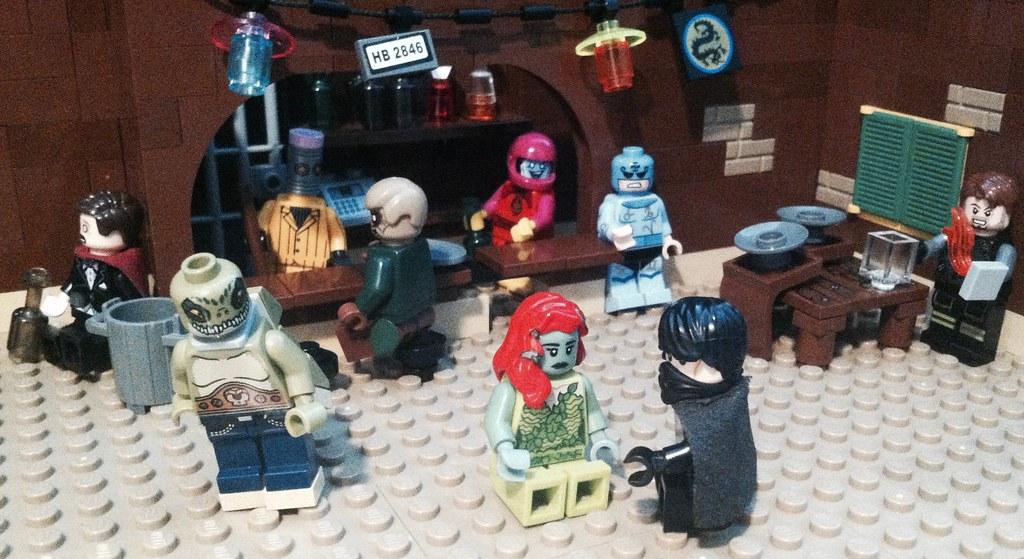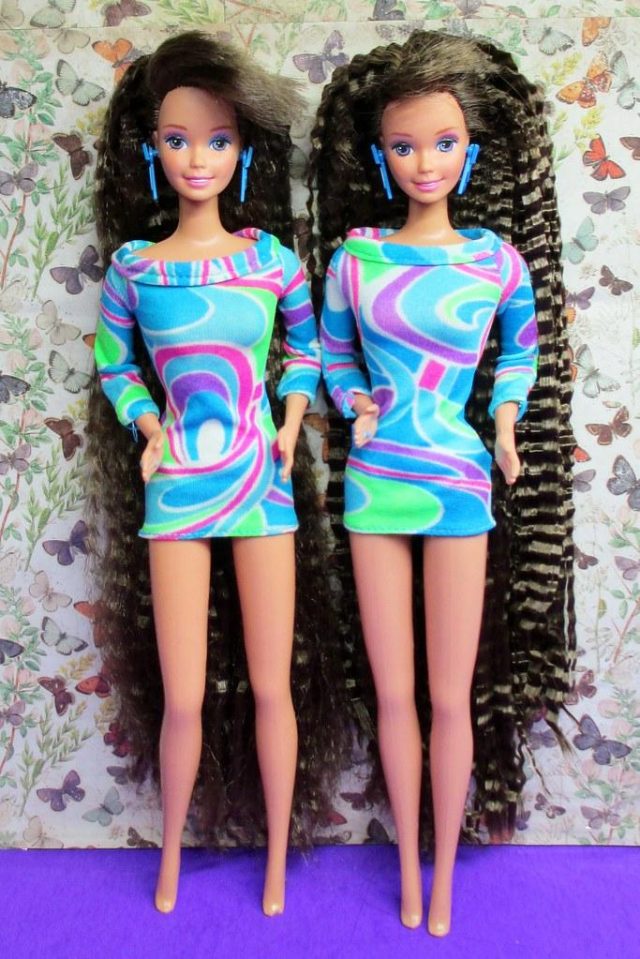Teaching children about personal hygiene is a crucial step in fostering their health, confidence, and social skills. As caregivers and educators, we understand that introducing these concepts can sometimes feel daunting. Children, with their boundless curiosity and varying levels of understanding, require guidance that is both informative and engaging. This article aims to equip you with effective strategies to teach kids about personal hygiene, ensuring the process is both educational and enjoyable. By approaching the topic with empathy and patience, we can empower children to embrace these habits as part of their daily routine, ultimately setting the foundation for a lifetime of good health and well-being.
Understanding the Importance of Personal Hygiene for Kids
Teaching children about personal hygiene is a vital part of their upbringing. It helps them develop habits that will keep them healthy and confident throughout their lives. As parents and educators, it’s important to approach this topic with empathy and understanding, recognizing that kids are naturally curious and may need guidance in grasping the importance of these routines.
- Model Good Hygiene Practices: Children learn by example, so it’s essential to demonstrate good hygiene habits yourself. Show them how to wash their hands properly, brush their teeth, and take regular baths. By seeing you practice these habits, they’ll be more inclined to follow suit.
- Make it Fun: Turn hygiene routines into a game or a fun activity. Use colorful soaps, playful toothbrushes, or sing songs while washing hands. This not only makes the process enjoyable but also helps reinforce the habit.
- Explain the Why: Kids are more likely to stick to hygiene practices if they understand the reasons behind them. Explain in simple terms how germs can make them sick and how good hygiene keeps them healthy and energetic.
| Activity | Time | Tools |
|---|---|---|
| Hand Washing | 20 seconds | Soap, Water |
| Teeth Brushing | 2 minutes | Toothbrush, Toothpaste |
| Bath Time | 10-15 minutes | Shampoo, Body Wash |

Creating Engaging Hygiene Routines That Kids Will Love
Transforming daily hygiene tasks into exciting adventures can make a world of difference for kids. To begin with, turn mundane activities like brushing teeth or washing hands into playful games. Use colorful, kid-friendly toothbrushes and fun-flavored toothpaste to create a sense of anticipation. Sing songs or play their favorite tunes during bath time, turning it into a mini-concert where they are the star performer.
- Storytelling: Craft stories around hygiene heroes who defeat germs and save the day.
- Sticker Charts: Reward their hygiene efforts with stickers, and let them trade them for small rewards.
- Role Play: Allow them to teach a doll or toy about hygiene, reinforcing their understanding.
Creating a routine is also about setting a schedule that becomes second nature over time. For instance, use a table to visually organize their hygiene tasks:
| Time | Task |
|---|---|
| Morning | Brush Teeth |
| Before Meals | Wash Hands |
| Evening | Take a Bath |
| Night | Brush Teeth |
These strategies not only make personal hygiene engaging but also empower kids with lifelong habits that will keep them healthy and happy.

Communicating the Science Behind Hygiene in Kid-Friendly Ways
Engaging children in the topic of personal hygiene can be both fun and educational. By breaking down scientific concepts into relatable, easy-to-understand nuggets, we can help kids grasp the importance of hygiene practices without overwhelming them. Here are some effective strategies:
- Storytelling: Create tales of tiny “germ warriors” and “cleanliness superheroes” to illustrate how germs spread and how hygiene can combat them. This approach turns abstract science into a narrative kids can follow and relate to.
- Hands-on Experiments: Conduct simple experiments like using glitter to represent germs. Have kids wash their hands to see how well they can remove the ”germs,” providing a visual and tactile learning experience.
- Interactive Games: Develop games where children can earn points by identifying good hygiene practices, such as washing hands or brushing teeth, helping reinforce these habits in a playful manner.
Integrating visual aids and technology can also be effective. Short videos or animated clips demonstrating the life cycle of bacteria and viruses can captivate young audiences. Apps that reward children for completing daily hygiene tasks can make learning interactive and rewarding.
| Activity | Objective |
|---|---|
| Glitter Germs | Visualize germ spread and removal |
| Germ Detective Game | Identify hygiene practices |
| Story Time | Engage through relatable narratives |

Addressing Common Hygiene Challenges with Empathy and Patience
Teaching children about personal hygiene can sometimes be challenging, as they might not fully grasp its importance or may resist changes to their routine. Approaching these challenges with empathy and patience is crucial to helping them understand and adopt healthy habits. Start by acknowledging their feelings and any fears they may have about the process. Let them know that learning new habits takes time and that it’s okay to make mistakes along the way.
To make the learning process smoother, consider incorporating fun and engaging methods to teach these concepts. Here are some strategies to make hygiene lessons more appealing:
- Storytelling: Create stories that involve characters practicing good hygiene, making it relatable and memorable.
- Games and Songs: Develop simple games or catchy songs that reinforce hygiene practices like handwashing or tooth brushing.
- Visual Aids: Use colorful charts or posters to illustrate steps in personal hygiene routines, making it easier for kids to follow.
It’s also helpful to set a good example by maintaining your own hygiene habits in front of them. Children often mimic adults, so demonstrating proper techniques can be a powerful teaching tool. Encourage them to participate by giving them small responsibilities, such as choosing their own soap or towel, which can instill a sense of ownership and pride in their hygiene practices.
| Hygiene Habit | Tip for Parents |
|---|---|
| Handwashing | Use a timer or sing a 20-second song. |
| Tooth Brushing | Pick a toothbrush with their favorite character. |
| Bathing | Let them choose their own bath toys. |








































